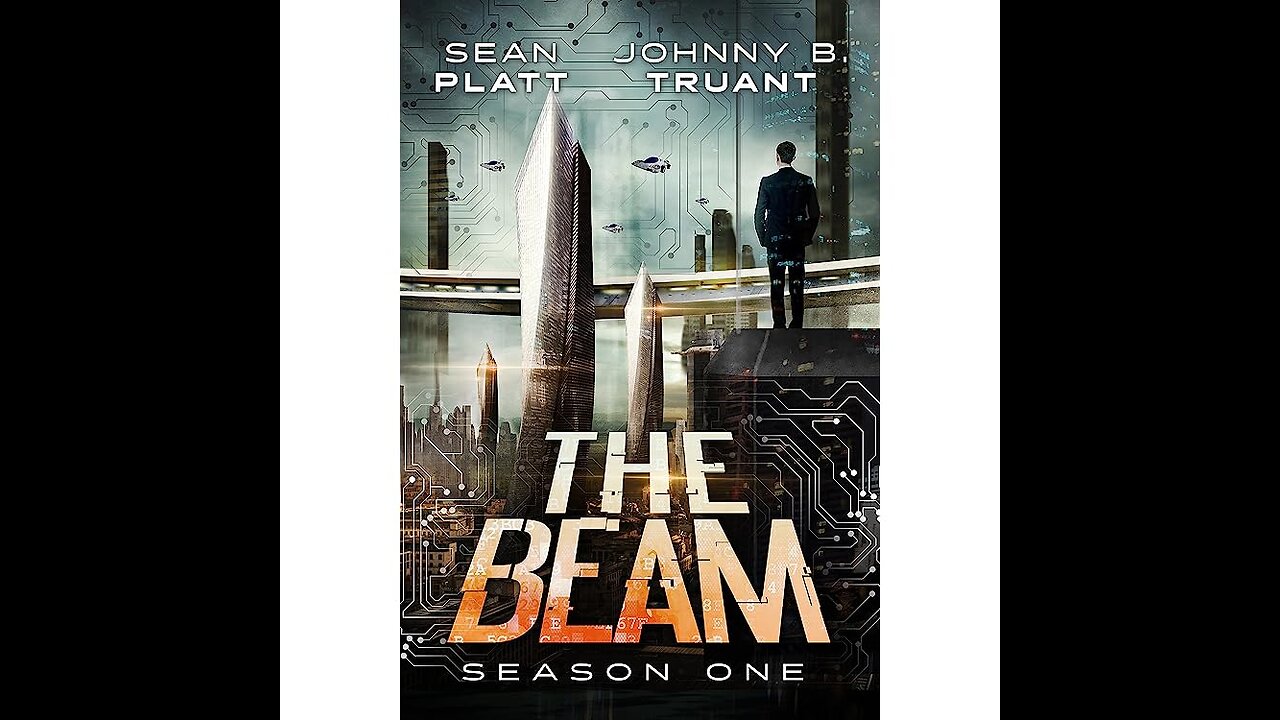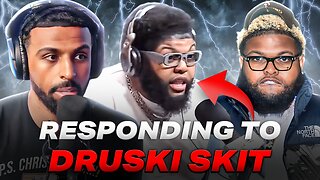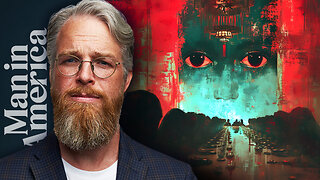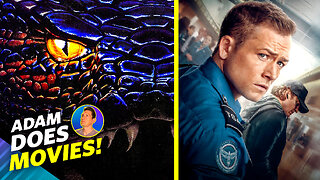Premium Only Content

How AI art killed an indie book cover contest - The Verge
🥇 Bonuses, Promotions, and the Best Online Casino Reviews you can trust: https://bit.ly/BigFunCasinoGame
How AI art killed an indie book cover contest - The Verge
The book cover for M.V. Prindle’s Bob the Wizard shows a coiffed man in sunglasses, smoke dancing from his mouth as a gray, ominous sky swirls behind him. A small fairy-like creature flutters nearby, and the folds and shadows of Bob’s jacket and beard fade into one while a bright green key hangs around his neck. The book tells the story of a “shotgun-wielding ex-garbage man” on the hunt for his family’s killer, the chase winding through a mystical world. Bob the Wizard’s cover was a hit. In May, it won the Self-Published Fantasy Blog-Off (SPFBO) cover contest, an annual competition run by author Mark Lawrence that highlights indie authors in the fantasy genre. But the victory didn’t last long. The same day the winner was announced, readers and fans on Twitter were questioning whether the art was created at least in part using AI tools. The incident highlighted a growing crisis of trust in science fiction and fantasy publishing: in a world where AI-generated media is common, do you know the work you’re looking at was made by a human? The SPFBO’s cover contest explicitly outlawed using AI tools, and the winning artist, Sean Mauss, initially insisted that he had made the art himself. He even shared a trove of documents and Photoshop files that he said proved the finished product was his own. Readers found the evidence was unconvincing. Using a Photoshop layer in files the artist had shared, Twitter users scoured the archives of Midjourney, a generative AI system, and found images that matched elements in the Bob the Wizard cover. The username that created the images was even spotted in a file name. The striking cover art, it seemed, was simply a collage of Midjourney outputs. Within a day, Mauss had withdrawn the submission, deactivated several social media accounts, and apparently taken a personal website offline. (An email sent to an address on an archived version of the site wasn’t returned.) Prindle, the book’s author, said on Twitter that he was misled and has since hired a new artist to do the cover. “I’ve woken up to compelling evidence that the cover was at least partly AI generated, breaking the rules of the contest,” Lawrence wrote on his blog. “So, in addition to having been withdrawn, it’s now also disqualified under the existing rules.” “I think it needs to be a separate contest, [organized] by someone with the necessary expertise and the appetite for controversy.” But Lawrence went further than disqualifying Mauss’ entry. In the same blog post, he abandoned the idea of holding a cover contest in the future, saying there wouldn’t be a competition going forward. In Tweets, Lawrence makes clear he’s uninterested in litigating future debates about whether art is human or machine-made. “I think it needs to be a separate contest, [organized] by someone with the necessary expertise and the appetite for controversy,” he wrote in response to someone suggesting a way forward. “That’s not me.” (Lawrence didn’t respond to requests for comment.) The cover contest saga comes at a time when the fantasy and science fiction community is wrestling with what role, if any, generative AI tools have in the industry. Earlier this year, prominent magazines like Clarkesworld and Asimov’s Science Fiction said they were experiencing a deluge of low-quality AI-generated short stories, overwhelming their publications and, at times, even forcing outlets to temporarily close submissions. Though editors said they could spot the works almost immediately, sifting through the influx was a time-suck, forcing publishers to wade through a new kind of spam coming from people outside the industry. Now, the community of writers, artists, and readers is confronted with a new reality: AI-aided work that — at least at first — can pass for a human’s output. Soon after the cover contest controversy began, other authors started to suspect they’d unwittingly paid for AI-generated work by Mauss. Michael R. Fletcher and Clayton W. Snyder had both been impressed by the Bob the Wizard cover, and they’d commissioned Mauss to produce art for two books back in April. “One of the things we specified [with Mauss] right off the bat was that none of this art be AI-generated in the first place. We wanted an actual working artist to do the art,” Snyder says. But the fiasco — and Mauss’ disappeara...
-
 LIVE
LIVE
Fresh and Fit
4 hours agoResponding To Druski Skit, Tate Case Win, Fuentes Assassination Attempt & MORE
9,389 watching -
 4:13:32
4:13:32
Nerdrotic
7 hours ago $5.46 earnedSUPERMAN Drops, Disney Cuts WOKENESS? Hollywood DEI is DEAD | Friday Night Tights 333 Little Platoon
111K34 -
 LIVE
LIVE
Talk Nerdy 2 Us
4 hours agoSpecial Guest - Next UFC Superstar - Dani Aleksovska
421 watching -
 LIVE
LIVE
Man in America
6 hours agoThe Elites Are Losing Their War on Our Children w/ Robert Bortins
712 watching -
 LIVE
LIVE
I_Came_With_Fire_Podcast
8 hours agoGovt' Shutdowns, VA Scandals, MORE Drones, Syrian Strikes and staged rescues , and The DHS!
679 watching -
 56:55
56:55
The StoneZONE with Roger Stone
3 hours agoTrump Should Sue Billionaire Governor JB Pritzker for Calling Him a Rapist | The StoneZONE
21.5K3 -
 59:21
59:21
Adam Does Movies
3 hours ago $0.66 earnedMore Reboots + A Good Netflix Movie + Disney Live-Action Rant - LIVE
15.9K -
 36:28
36:28
TheTapeLibrary
12 hours ago $0.44 earnedThe Disturbing True Horror of the Hexham Heads
45.1K4 -
 LIVE
LIVE
JdaDelete
22 hours ago $0.15 earnedHalo MCC with the Rumble Spartans 💥
338 watching -
 LIVE
LIVE
Edge of Wonder
7 hours agoChristmas Mandela Effects, UFO Drone Updates & Holiday Government Shake-Ups
412 watching